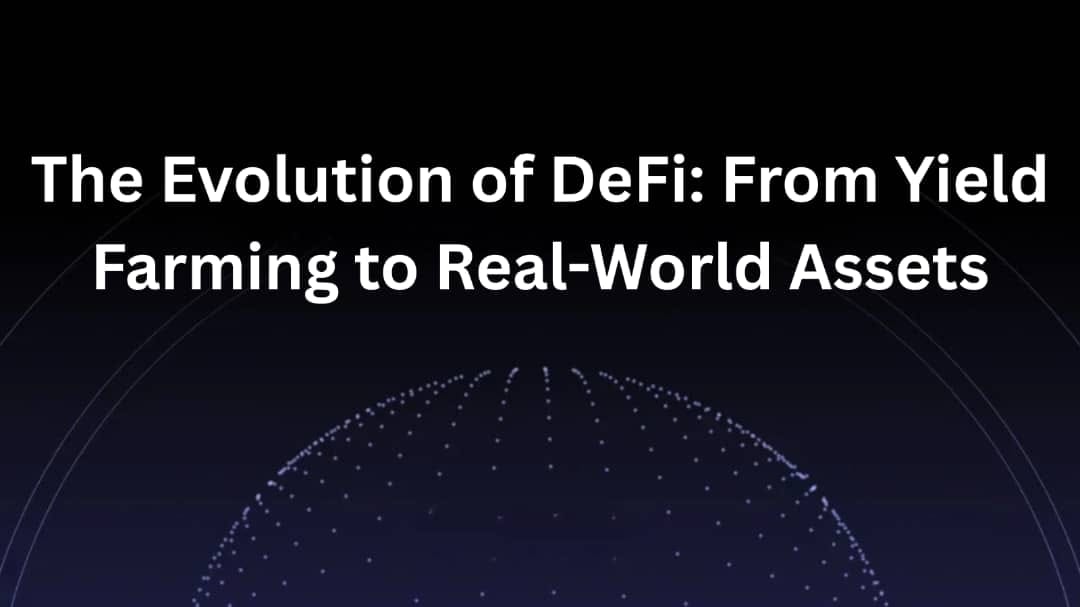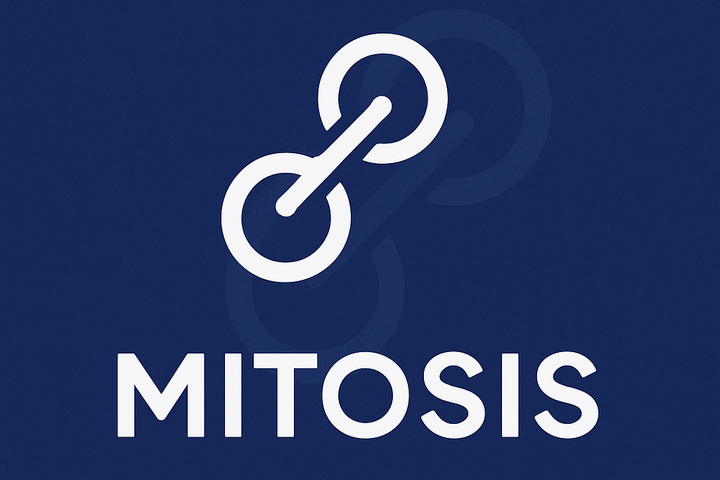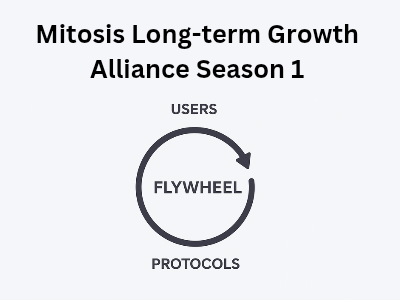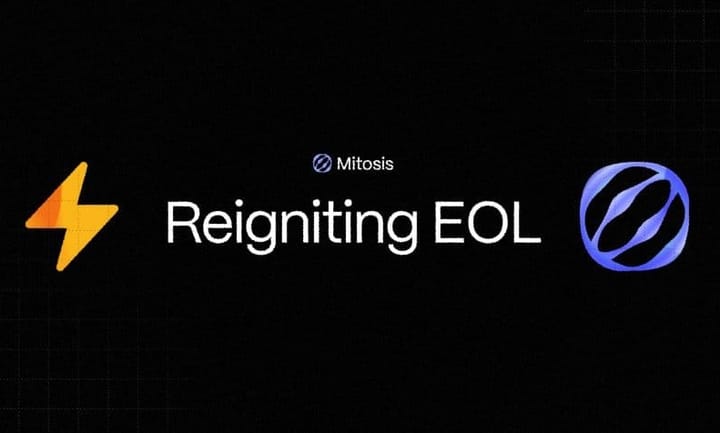The Evolution of DeFi: From Yield Farming to Real-World Assets

Decentralized Finance, commonly known as DeFi, has emerged as one of the most transformative forces shaping the future of the global financial landscape. Since its breakthrough around 2020, DeFi has evolved from a niche set of protocols focused on yield farming and liquidity mining to a broad ecosystem integrating real-world assets (RWAs), regulatory compliance layers, and institutional-grade protocols. This article provides a comprehensive, in-depth journey through DeFi's evolution, highlighting key milestones, technologies, challenges, and the road ahead.
1. Understanding the Foundations of Decentralized Finance
DeFi refers to a collection of blockchain-based financial applications that enable peer-to-peer transactions, lending, borrowing, trading, and other financial services without traditional intermediaries like banks or brokerages. Harnessing the trustless nature of public blockchains, smart contracts automate complex operations transparently and efficiently.
Prior to 2020, decentralized finance primarily existed as isolated experiments, with Bitcoin demonstrating store-of-value features and Ethereum enabling programmable smart contracts. Lending protocols like Compound and stablecoins like USDT laid early groundwork but adoption remained limited.
2. DeFi 1.0: The Rise of Yield Farming and Automated Market Makers (2020-2021)
The real surge of DeFi started in 2020 with the introduction of innovative financial primitives that unlocked massive liquidity on Ethereum. Key among these were Automated Market Makers (AMMs), liquidity pools, and a novel mechanism called yield farming.
2.1. Automated Market Makers (AMMs)
Traditional finance relies on order books to facilitate trading, but AMMs revolutionized liquidity provision by enabling continuous token swaps using mathematical formulas. Pioneering protocols like Uniswap and Balancer allowed users to deposit tokens into pools which were then used to algorithmically price assets.
2.2. Liquidity Mining and Yield Farming
Yield farming incentivized users to deposit their tokens into DeFi protocols by rewarding them with governance tokens, often creating lucrative returns. Liquidity mining rewarded participants who provided liquidity to pools, enhancing market depth.
Governance tokens like COMP and AAVE became valuable assets, enabling users to influence protocol development. Yield farming effectively created an explosion of liquidity that propelled DeFi’s growth in 2020 and early 2021.
2.3. Opportunities and Risks
- Capital Efficiency: Yield farming allowed users to maximize returns but often exposed them to impermanent loss and volatile token prices.
- Smart Contract Risks: Hacks and bugs became prevalent as complex protocols attracted millions of dollars.
- Scalability Challenges: Ethereum network congestion during peak DeFi times resulted in high gas fees, limiting small-scale participation.
3. DeFi 2.0: Diversification and Maturing Infrastructure (2021-2022)
As the initial craze settled, the DeFi ecosystem matured to address challenges it faced while introducing new innovations. Focus expanded beyond simple liquidity provision to capital efficiency, governance, and new asset classes.
3.1 Cross-Chain and Layer 2 Solutions
Interoperability became crucial, with projects enabling DeFi services across multiple blockchains such as Binance Smart Chain, Polygon, Avalanche, and Solana. Layer 2 scaling solutions like Optimism and Arbitrum reduced transaction costs and latency, making DeFi more accessible.
3.2 Innovative Protocols and Mechanisms
- Protocol-Owned Liquidity (POL): Popularized by OlympusDAO, where protocols own liquidity themselves rather than renting it from users, improving sustainability.
- veTokenomics: Governance models like Curve’s vote-escrowed tokens encouraged long-term holding and reduced sell pressure.
- Decentralized Insurance: Protocols such as Nexus Mutual offered coverage for smart contract failures, mitigating risk for users.
3.3 Synthetic and Derivative Assets
Synthetic assets replicate the value of real-world or crypto assets on-chain, expanding DeFi’s reach. Protocols like Mirror Protocol and Synthetix allowed users to gain exposure to commodities, stocks, and indices without centralized intermediaries.
4. DeFi 3.0 and Beyond: Real-World Assets (RWAs), Compliance Layers, and Institutional Protocols (2023+)
The latest phase of DeFi emphasizes bridging on-chain finance with traditional finance. Real-world assets are being tokenized and integrated into DeFi, broadening investment opportunities beyond crypto-native tokens. Additionally, compliance and regulatory layers are increasingly embedded to appeal to institutional investors.
4.1 Tokenization of Real-World Assets (RWAs)
Tokenizing physical assets such as real estate, bonds, invoices, and commodities enables DeFi users to access previously illiquid or centralized markets. RWAs increase DeFi’s total addressable market and bring stability by introducing assets with non-crypto risk profiles.
Examples include Centrifuge, which connects RWAs with DeFi liquidity pools, and Maple Finance, offering institutional lending supported by real economic activities.
4.2 Compliance and Regulatory Frameworks
To onboard institutional participants, DeFi protocols must incorporate:
- Identity verification (KYC/AML).
- Transaction monitoring for compliance.
- Integration with off-chain legal agreements and custody solutions.
Layered compliance solutions such as CipherTrace and Truera help DeFi projects remain robust against fraud and regulatory pressures.
4.3 Institutional-Grade Protocols
DeFi infrastructure is evolving with robust security audits, insurance, and governance models suitable for large investors. Protocols like Aave and Compound have implemented mechanisms to improve risk management and capital efficiency tailored for institutional participation.
5. Use Cases and Impact of Real-World Assets in DeFi
Tokenized real-world assets bring diversification and the possibility of generating passive yields from real economic activities. For example:
- Real Estate Tokenization: Fractional ownership in high-value properties reduces barriers to entry and provides liquidity to a traditionally illiquid market.
- Invoice Financing: Small and medium enterprises can tokenize invoices to receive faster payments through DeFi platforms.
- Art and Collectibles: Tokenizing rare art pieces opens up new funding and trading opportunities.
These use cases make DeFi increasingly practical and aligned with the broader financial ecosystem.
6. Challenges and Risks in the Evolution of DeFi
Despite its growth, DeFi faces several ongoing challenges:
- Smart Contract Vulnerabilities: Bugs and exploits continue to affect projects, sometimes causing millions in losses.
- Regulatory Uncertainty: Evolving regulations in different jurisdictions can hamper innovation or result in compliance headaches.
- Lack of User Education: Complexity and risks in DeFi protocols can confuse new users, leading to potential misuse.
- Liquidity Fragmentation: Cross-chain and multi-protocol liquidity remain fragmented, reducing overall capital efficiency.
The Road Ahead: Future Outlook for DeFi
Looking forward, the DeFi ecosystem is poised for continued innovation, driven by:
- Cross-Chain Integration: Seamless interoperability between blockchains will enhance liquidity and usability.
- Enhanced User Experience: Simplified interfaces, better wallets, and education will drive mainstream adoption.
- AI and Smart Automation: Artificial intelligence may optimize trading, risk evaluation, and protocol governance.
- Regulatory Clarity: Harmonized legal frameworks will enable safer institutional investment while protecting users.
DeFi’s journey from yield farming hype to real-world asset integration exemplifies a technology steadily maturing to meet the demands of a global financial system seeking efficiency, inclusivity, and transparency.
Further Reading and Resources
To dive deeper into the fascinating world of DeFi, explore these authoritative resources:
- The Evolution of Decentralized Finance (DeFi): From Lending to Yield Farming
- Advanced Applications of DeFi: Complete Guide [2025] - Blockpit
- Evolution of DeFi - Medium
- Yield Farming: Advanced DeFi for Maximizing Crypto Earnings
- What is DeFi and Yield Farming? - Deltec Bank and Trust
- Defi to DeFi 2.0: The Evolution of Decentralized Finance - Webisoft
- Understanding DeFi Yield Farming: Strategies, Benefits, and Future
- DeFi Series: Everything You Need to Know About Yield Farming



Comments ()